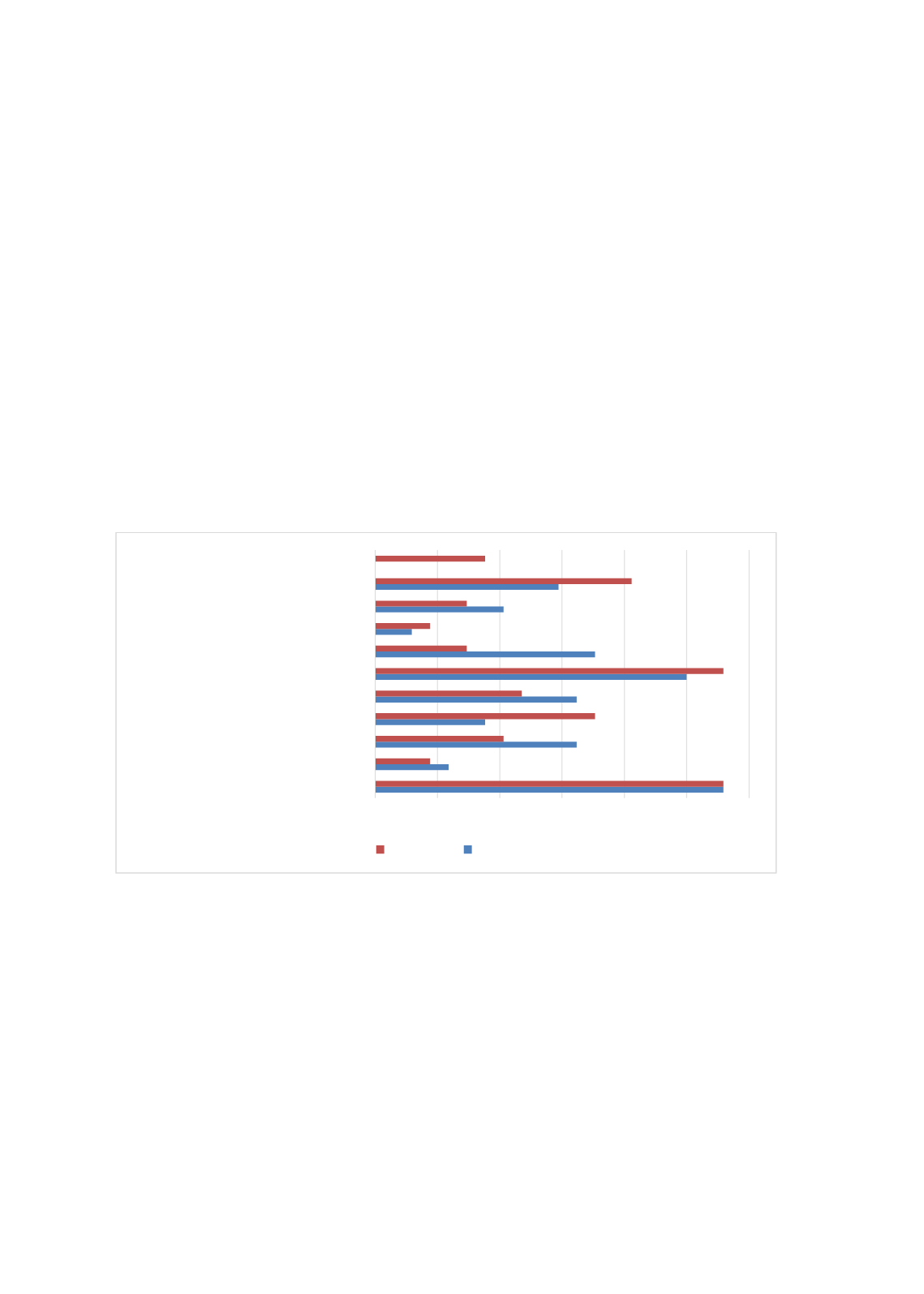

115
2004; Sufean, 2002; 2009). Thus, every school has its own unique culture. However, among the
various factors, it has been argued that it is the school leaders‘ attitude and aptitude which
constitute the most important factor that strongly shapes a school culture. With this,
instructional leadership - among other types of school leadership - has been theorized to be
closely linked to school culture and effectiveness (McEwan, 2002).
The thirdmost perceived feature was the development of communication skills among students.
Teacher training and development programs, greater parental invomvement and alinging
curriculum with local standardas were all idenitified as the fourth most commonly perceived
features. This is consistent with the emphasis on holistic development and current emphasis on
21
st
century learning which focuses more on student-centered learning., While improvement of
physical facilities were not perceived as important, a large proportion of stakeholders perceived
greater provision of ICT facilities as important for improving education quality. Islamic or
Madrasah education was not perceived as an important solution to improve educaiton quality.
Equally, access to after-school hours extra tuition or greater provision of affordable private
school were judged by the majority of the stakeholders as not very important.
Figure 3.2.11: Main Barriers to Quality Education at the Primary and Secodnary Level
Source:
Authors’ calculation based on stakeholders survey data.
The majority of the respondents perceived government schools to be inadequately funded, both
at primary and secondary level. In order to elicit the education reform-related priorities and
preferences, stakeholders were asked to comment on a hypothetical situation where extra
funding could be made available to improve the quality of education. They were then requested
to identify three priority areas where this extra funding could be allocated, separately for
primary and secondary education.
Figure 3.2.12
summarizes the responses. The majority
identified hiring more teachers to reduce class size as one of the three most important priorities
for improving education quality. This is true for both primary and secondary education. In case
of primary, other perceived priority investment areas (in order of importance) were more
spending on school building, more scholarship targeting children from poor families, additional
funding for under-performing rural schools, ICT facilities for rural schools, increase in teacher
0
0,1
0,2
0,3
0,4
0,5
0,6
Lack of effective school leadership
Lack of school autonomy
Lack of funds
Pressure of external evaluation
Lack of facilities
Lack of teacher motivation
Lack of good teachers
Language of instruction
Inappropriate curriculum/book content
Lack of parental involvement
Other
Secondary Primary
















